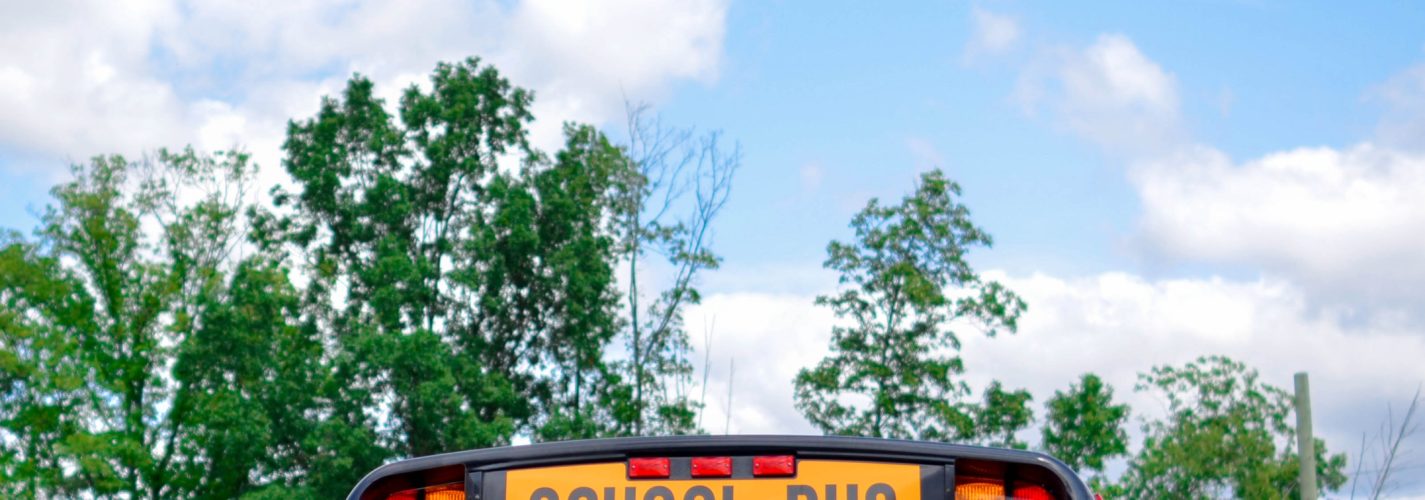Ensuring Equity: Emergency Funds and Summer Learning on the Way for MN Schools
By Krista Kaput
Last week, Governor Walz announced how he will prioritize Coronavirus Aid, Relief, and Economic Security (CARES) Act emergency support dedicated to K-12 schools and colleges that have been significantly impacted. Priorities will include access to technology for distance learning, summer school programming, and wrap-around student supports.
The Governor also issued an executive order outlining parameters for summer learning, including a hybrid in-person/remote option for districts and charters that are ready.
Here, I provide an overview of what the funding and executive order means for Minnesota students.
Priorities for Statewide K-12 CARES Act Funds
The CARES Act is a $2 trillion federal stimulus package that invests billions in recovery efforts for K-12 and higher education institutions. Most of these funds will go directly to schools and districts, but a portion goes directly to Governors—a grant program known as Governor’s Emergency Education Relief (GEER).
Minnesota will receive $43 million in GEER funds. While this is a significant investment, it is still not enough to address the emerging needs facing schools and students.
EdAllies recently joined a coalition of 14 local organizations to make a series of recommendations on how to maximize these funds:
- Providing internet and technology to help students with distance learning, including adaptive equipment for students with special needs
- Efforts to help students from low-income families, students with special needs, English learners, homeless students, students in foster care, and students of color
- Planning and providing in-person or online summer learning, after-school, and/or extended learning programs
- Mental health services and social-emotional learning
The priorities outlined in Governor Walz’s recent press release on prioritizing the GEER funds align with a number of these recommendations. In particular, making technology a priority, supporting summer learning programming for students who need additional support, and providing critical supports like mental health services, while honing in on specific higher education needs.
Lingering Questions
This basic framework is a good first step to helping address the needs of students. But it will also be important to focus on how these dollars are invested. We hope state leaders will continue to play a strong role in answering critical questions:
- How will state, district, and school leaders collaboratively engage with students and families to understand and effectively address their needs? An ongoing feedback loop is essential as schools and districts adapt.
- Who will be prioritized for in-person learning, and how will we ensure equity and student safety? Students’ experiences with distance learning have varied drastically, and the approach to reopening schools for summer and beyond should address this rather than taking a one-size-fits-all approach.
- How will state leaders support best practices at the district level and hold districts accountable to equitably allocating resources—effectively meeting the needs of our traditionally underserved students? State leaders should play a strong role in setting the floor for what is locally required and in elevating a vision of what is possible.
- Will GEER funds be enough to close the digital divide? Universal access to devices and reliable, high-speed internet will be essential in the coming year, and legislators should work to close the gap during the legislative special session.
These questions will be critical not just for GEER funds, but also for the larger pot of federal money on the way for K-12 schools. Minnesota will receive $142.3 million in Education Stabilization Funds, of which 90% will go directly to districts and charter schools based on their Title 1 funding, and up to 10% for emergency needs identified by the Minnesota Department of Education (MDE).
Launching Summer Learning
Along with his spending priorities, the Governor also issued an executive order that gives schools the option to offer summer learning through a hybrid model—combining distance and in-school learning. In a press release, Education Commissioner Mary Cathryn Ricker said, “We know how important it is to ensure that all students are receiving the education that they deserve. We also know that there are many students who are not being served well by distance learning, despite our most creative efforts. That is why we are excited to be able to offer some in-person learning opportunities for Minnesota students this summer.”
The executive order includes several key provisions:
- Requires compliance with the Minnesota Department of Health guidelines;
- Ensures a planning period for staff;
- Asks for updated guidance from MDE on distance and hybrid learning;
- Ensures access to meals during summer learning; and
- Authorizes districts and charter schools to transfer operating funds from certain programs to pay for technology, transportation costs, school meals, and more.
A successful summer learning period will be a critical first step in addressing learning loss as well as supporting the many student needs that have been exacerbated by school closures. It will be essential to learn from and build on best practices, knowing that student success in the coming school year hinges on the ability of schools—and the state leaders that support them—to adapt effectively.

